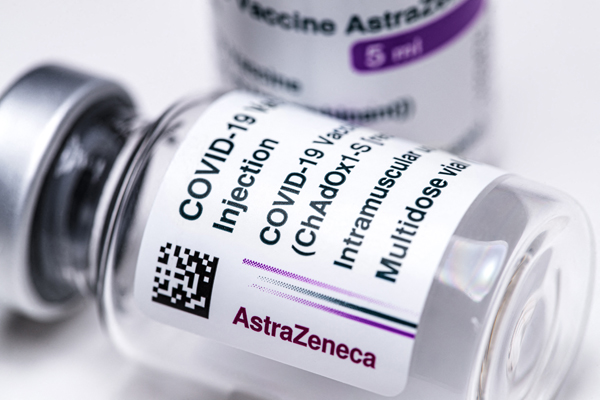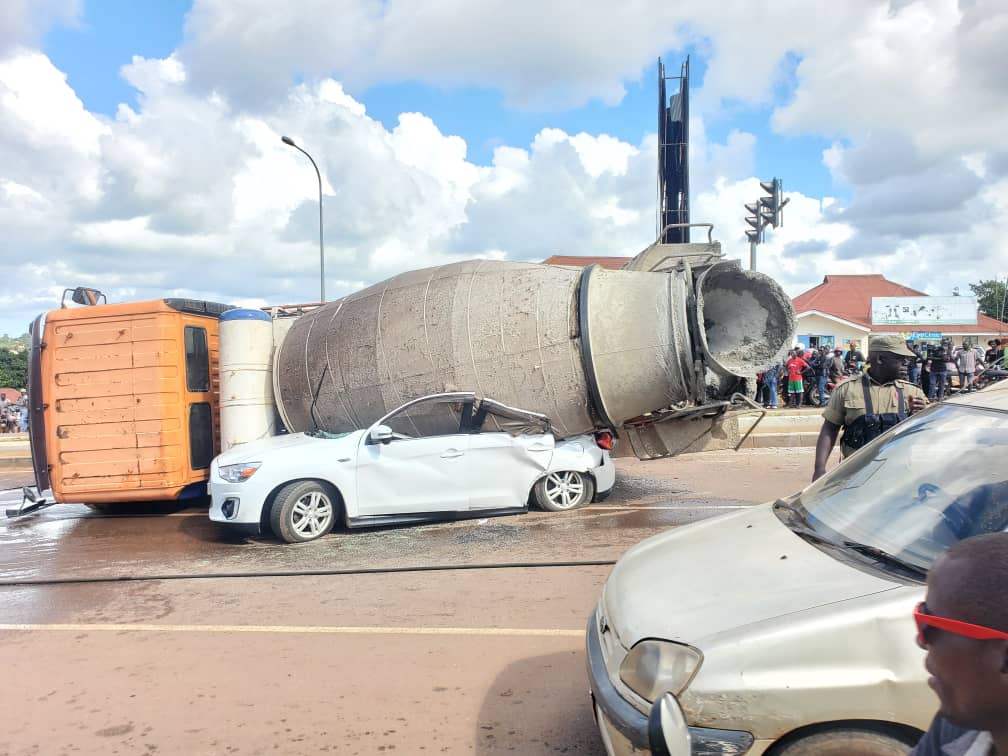How vaccines work

I am driven to write this post, in response to many misinforming messages regarding the ability of the AstraZeneca vaccine used in Uganda, to offer protection against Covid19 and its variants.
South Africans (and that’s their prerogative) prematurely dismissed the AstraZeneca (ASZ) vaccine. Their study aimed to study the ability of vaccine to protect against infection and not severe disease. From what we now know, the ASZ vaccine protects against severe disease (and hence death) caused by the delta variant to the same extent as Pfizer (33.7 per cent at first dose and up to 51.1 per cent at second dose).
Vaccines work in two ways, first to protect against infection (achieved communally when many people in a society are vaccinated) and second to protect against severe disease and death (this is the most important benefit at personal level).
If we say the first dose protects up to 60 per cent and second dose to 92 per cent, it means for every 100 people vaccinated against Covid-19 by ASZ, only 62 will be protected by the first dose and up to 92 will be by the second dose. It implies that even with the second dose, some eight people might randomly get infected (and possibly even get severe disease and die). The numbers protected are less with only one dose.
Does that mean vaccine doesn’t work? Of course the answer is a big no. It simply means if you want to maximise protection by vaccination you need to vaccinate more people to attain herd immunity. Herd immunity provides a compounding of the protective effects of the vaccine. This is why when we want to eradicate polio or measles we do mass vaccinations. It’s also why India stopped its exports and zeroed on vaccinating more people, to attain a threshold number of people needed to offer a communal shield against transmission and infection. Generally, we know that vaccinated people even when they get infected have lower viral loads and therefore transmit less.
Finally, it’s important to know that it takes about two to four weeks (average 21 days) for the second jab of the vaccine to achieve maximum efficiency.
I (among the first people to get my second dose, by virtue of my leadership role and not privilege) just made four weeks this week. Thus, very many people in Uganda have still not reached maximum protection. That is why it is important that, even among those who have received a jab or two, we continue to wear masks and protect ourselves for at least a month.
Moreover, in context of the communal benefits of vaccination, one can only say they are safe not to wear masks if over 65 to 85 per cent of the population is fully vaccinated.
This is what we see our colleagues in the West attempt to do, return to normalcy after vaccinating a threshold number of their populations.
Misaki Wayengera, Chair, MoH Ministeral Scientific Advisory Committee on Covid19




